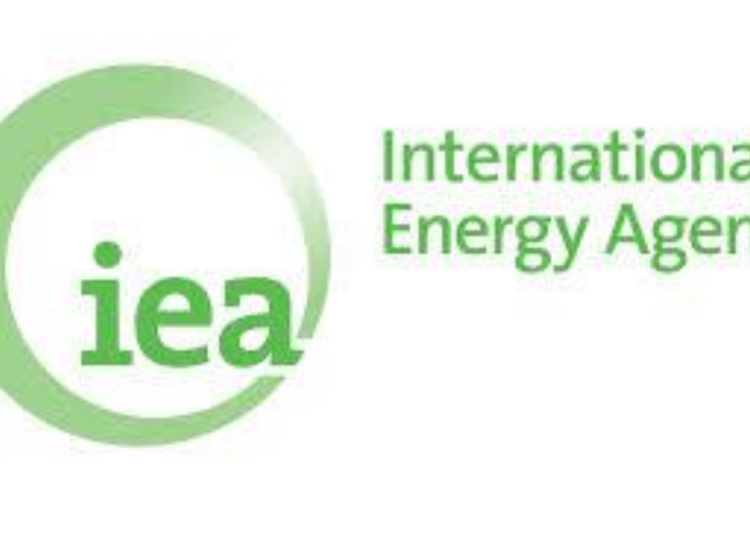International Energy Agency (IEA), has projected that renewables and nuclear energy will dominate the growth of global electricity supply over the next three years, together meeting on average more than 90 percent of the additional demand.
The agency said that an expected surge in renewables electricity generation over the next few years signals that the world is close to the tipping point of emissions in the power sector.
In its Electricity Market Report 2023, published on Wednesday the Agency expects significant growth in renewables over the next three years which will raise their share of the global power generation mix from 29 per cent in 2022 to 35 per cent in 2025, while the shares of coal-fired and gas-fired generation will drop.
“As a result, the CO2 intensity of global power generation will continue to decrease in the coming years,” the energy Agency said.
China is expected to account for more than 45 per cent of the growth in renewable generation between 2023 and 2025, followed by the EU with a 15 per cent share.
The Agency warned, however, that the surge in renewables will have to be accompanied by accelerated investments in grids and flexibility so that clean energy supply can be successfully integrated into the power systems.
While renewables will soar and meet nearly all of the additional power demand through 2025, global electricity generation from both natural gas and coal is expected to remain broadly flat between 2022 and 2025, the IEA says.
As a result, power generation emissions are set to plateau through 2025, after reaching an all-time high in 2022, it noted.
Last October, the IEA said that carbon dioxide (CO2) emissions from the combustion of fossil fuels globally were expected to rise by just under 1 per cent in 2022, a much smaller increase compared to 2021 thanks to record deployment of renewable energy sources and electric vehicles.
Commenting on today’s electricity market report, the IEA’s Executive Director Fatih Birol said, “The good news is that renewables and nuclear power are growing quickly enough to meet almost all this additional appetite, suggesting we are close to a tipping point for power sector emissions.”











